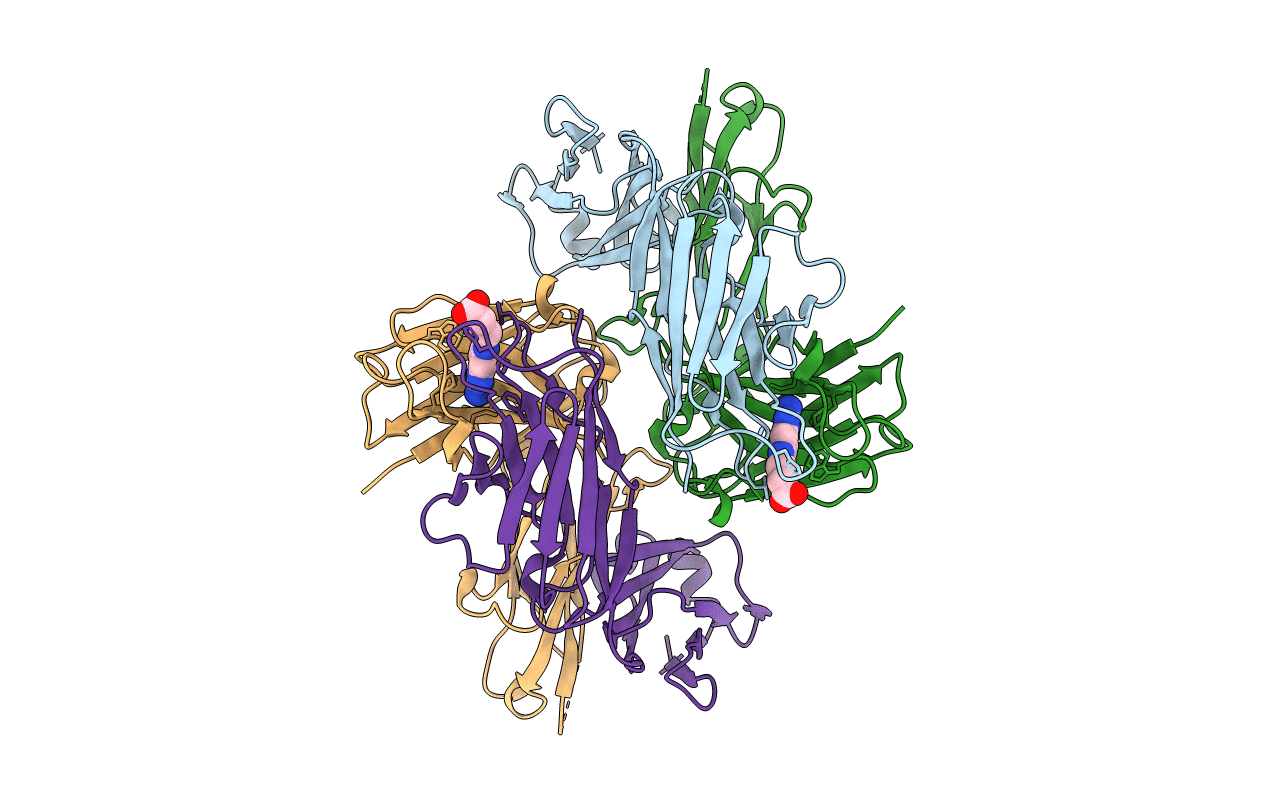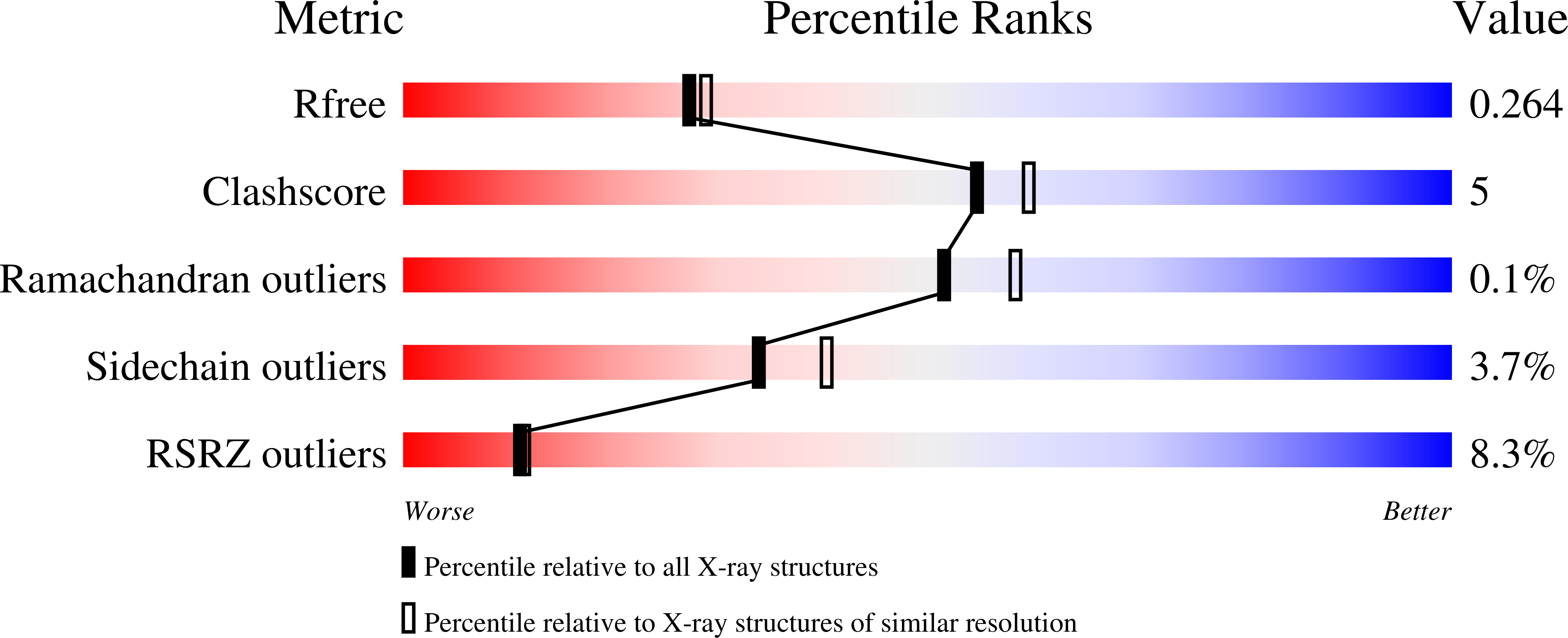
Deposition Date
2008-12-27
Release Date
2009-11-10
Last Version Date
2024-10-30
Entry Detail
PDB ID:
3FO2
Keywords:
Title:
Crystal structure of hapten complex of catalytic elimination antibody 13G5 (Glu(L39)Gln mutant)
Biological Source:
Source Organism:
Mus musculus, Homo sapiens (Taxon ID: 10090, 9606)
Host Organism:
Method Details:
Experimental Method:
Resolution:
2.18 Å
R-Value Free:
0.25
R-Value Work:
0.20
R-Value Observed:
0.20
Space Group:
P 21 21 21


